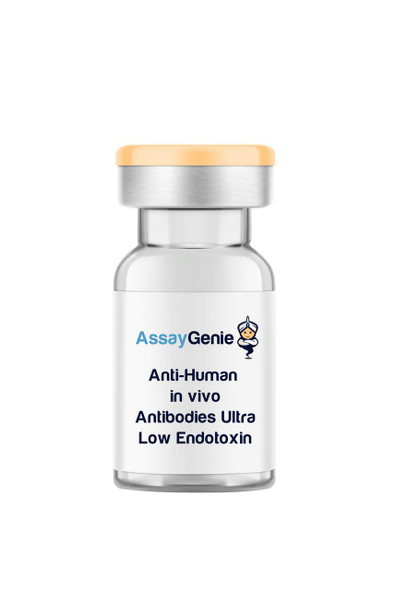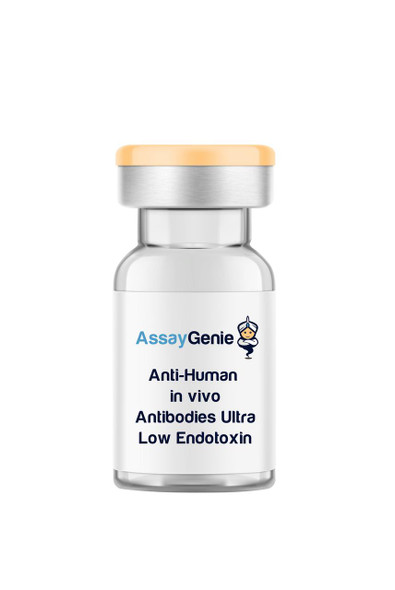The colon lies adjacent to the small intestine and has heavy bacterial colonization from ingested food and water that is often contaminated with bacteria. Remarkably, the small intestine has a low microbial density. A special type of epithelial cell, called a Paneth cell, can be found clustered at the base of the tubular glands that lie between the villi of the inner surface of the small intestine. These cells secrete defensins which have been shown to have activity against both Gram-positive and Gram-negative microbes.3 Six human α-defensins, a subfamily of defensin peptides characterized by their cysteine spacing and disulfide connectivity2, have been identified. Human Paneth cells express α-defensin 5 (HD5) along with HD6. Paneth cells are most numerous in the ileum and have many features similar to those of myeloid cells. They are multifaceted cells with a large quantity of apically-located eosinophilic secretory granules containing lysozyme and other antimicrobial factors which are released upon bacterial stimulation.2 In addition, these cells express tumor necrosis factor alpha (TNF-a), CD1, and CD15.1 Paneth cells do not store defensins as fully processed or active peptides, rather they store them as inactive propeptides.2 They are released as mature peptides after trypsin digestion. Trypsin is also secreted from the Paneth cell granules. It has been reported that disrupted α-defensin processing in murine Paneth cells has initiated a vulnerability to enteric infection.2 HD5 expression levels have been found to be negatively correlated to intestinal infection. Additionally, studies have shown HD5 to be a strong antagonist towards human Papillomavirus infection. Furthermore, low expression of HD5 is thought to play a role in Crohn’s disease.3 Anti-Human Alpha Defensin-5 (HD5) Clone 8C8 has been shown to recognize the propeptide and the partially processed forms of HD5. However, clone 8C8 has been reported to scarcely recognize the mature peptide. There was no reported cross reactivity with HD6, lysozyme, or sPLA2.


![Anti-Human Alpha Defensin-5 [8C8] In Vivo Antibody - Low Endotoxin Anti-Human Alpha Defensin-5 [8C8] In Vivo Antibody - Low Endotoxin](https://cdn11.bigcommerce.com/s-39x6lpnvxv/images/stencil/590x590/products/119850/118033/anti-human-alpha-defensin-5-8c8-in-vivo-antibody-low-endotoxin__64426__79225.1698937743.jpg?c=1)






